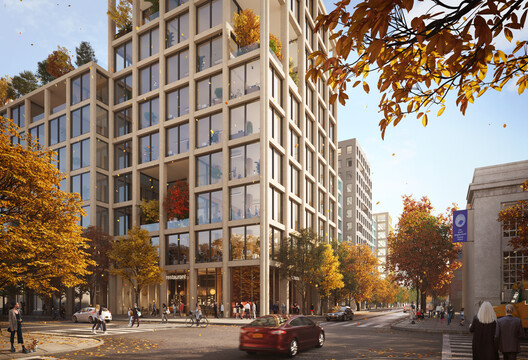In an era where urban decay often feels irreversible, one community proved otherwise. Through the power of a digital platform, a struggling neighborhood was transformed—revived not just in appearance, but in spirit, economy, and future vision. This is the story of how technology, data, and human connection worked hand in hand to make meaningful change.
At Remin.site, we believe memories, stories, and the essence of a place deserve to be preserved—and sometimes, reignited. Just like the lives we seek to honor, neighborhoods too hold legacies. And when given the right tools, these legacies can thrive again.
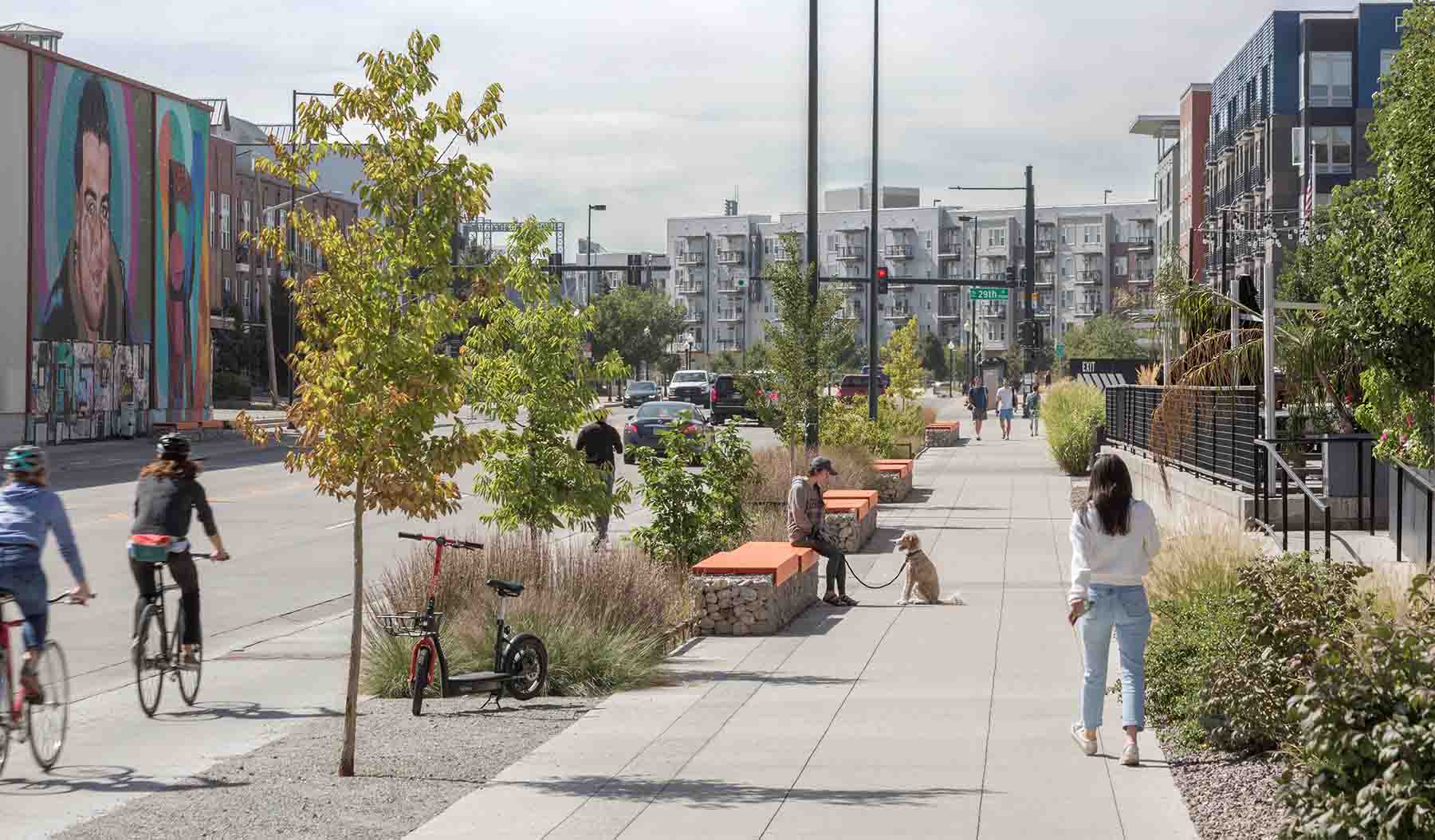
A New Era of Urban Transformation
In cities worldwide, planners and residents are grappling with the same challenge: how do we bring a place back to life without erasing its past? The answer may lie not in concrete and steel, but in lines of code, 3D maps, and real-time feedback. A digital platform revitalized a neighborhood by bridging gaps between communities, planners, and data—creating a shared space for collaboration, transparency, and vision.
Imagine an environment where residents vote on designs through their phones, city officials monitor infrastructure through digital twins, and developers visualize long-term impact before a single shovel hits the ground. That’s not a dream. That’s the transformation we’re about to explore.
The Neighborhood Before Revitalization
Social and Economic Decline
Before its renewal, the neighborhood faced issues common to many post-industrial zones: vacant lots, shuttered businesses, aging infrastructure, and a sense of disconnection. Unemployment was high. Youth engagement was low. Small businesses couldn’t survive. Residents, especially elders and young families, felt forgotten.
Urban Planning Challenges
- Outdated zoning laws created rigid development blocks
- No cohesive data sharing among departments
- Decisions were top-down with minimal resident input
Even when redevelopment proposals surfaced, they lacked resonance. They were built from blueprints—not from people’s stories, needs, or dreams. This is where the shift began: when technology entered the equation, not to replace people, but to amplify their voices.
Enter the Digital Platform – A Game Changer
Platform Capabilities
The platform introduced to this community wasn’t just a piece of software—it was a dynamic ecosystem. It integrated:
- 3D modeling tools to simulate urban scenarios
- GIS-based maps for infrastructure and mobility planning
- Mobile-responsive feedback forms and voting interfaces
- Data dashboards for transparency and planning metrics
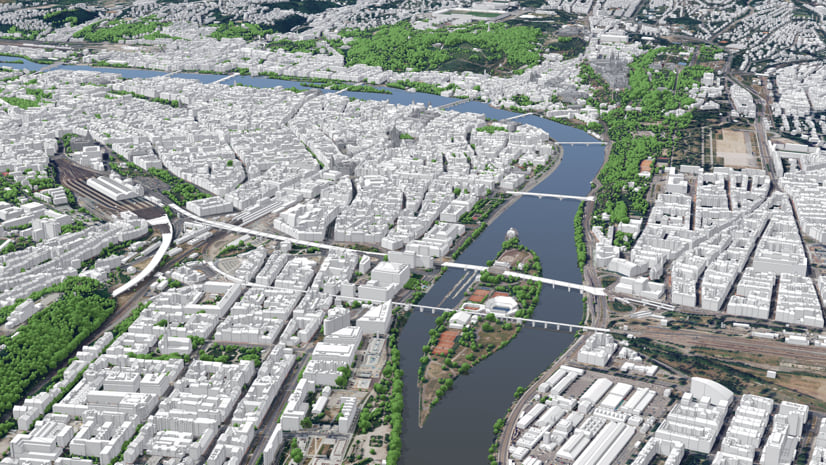
According to Esri’s Newsroom, platforms like these allow cities to align people and places in real time. The platform used here became a shared interface—not just for planners, but for parents, students, seniors, and business owners.
Stakeholder Collaboration Enabled by Technology
Before, stakeholders worked in silos. After the platform was adopted, all parties—from architects to local nonprofits—had access to the same evolving plan. It meant faster alignment, less conflict, and a shared stake in the outcomes.
“The most powerful shift wasn’t digital—it was emotional. People finally felt heard, and that changed everything.”
— Urban Planner, Project Lead
Implementation Process and Community Engagement
Mapping Existing Assets with GIS
The first step wasn’t demolition—it was recognition. The digital platform helped map existing assets: parks, schools, public transport stops, even trees. With GIS, planners saw the neighborhood not as empty, but as full of underutilized potential.
Transparent Feedback Loops
Community workshops evolved into hybrid digital sessions. Residents could submit ideas via SMS, mobile apps, or community kiosks. These were fed into a real-time dashboard where proposals were ranked by popularity and feasibility.
Results were instant. When a public park’s renovation plan was posted, feedback led to changes in accessibility features and lighting placements before approval.
Measurable Impact and Results
Economic Growth and Real Estate Trends
Within 18 months of implementation:
- Local small business licenses increased by 35%
- Property values rose 20% across mixed-use zones
- Vacant commercial properties were down by 50%
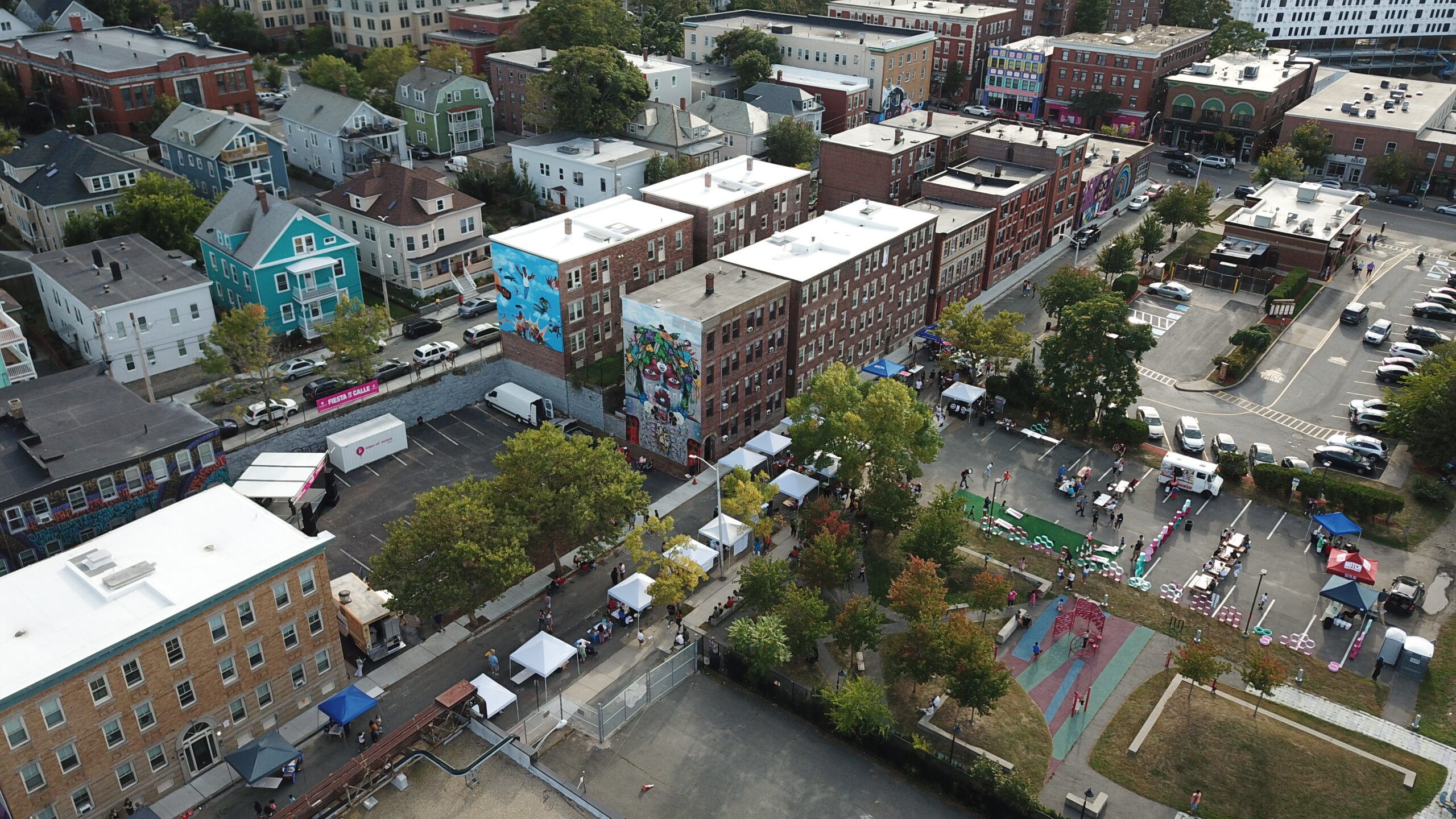
The Urban Land Institute later featured the neighborhood in a case study on technology-driven redevelopment, citing its integration of “inclusive planning and measurable urban success.”
Social Outcomes and Resident Sentiment
Beyond numbers, the soul of the community was healing. New cultural events began to emerge—many organized directly by youth councils using the digital platform. An annual storytelling night—powered by neighborhood elders—was introduced to preserve local memory and promote intergenerational dialogue.
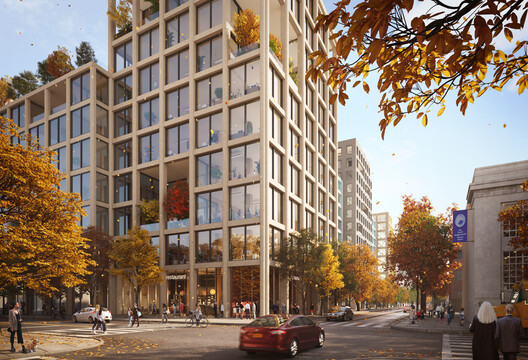
This wasn’t just a revitalized place. It was a revived purpose.
Lessons Learned from the Case Study
Importance of Real-Time Data
One of the most transformative elements of the digital platform was its ability to process and visualize real-time data. This allowed city leaders and residents to make informed decisions on the fly. Whether it was rerouting a bike lane to improve safety or adjusting commercial zoning after a population spike, adaptability became the norm—not the exception.
Real-time feedback empowered planning teams to test, refine, and implement quickly. Traditional public planning processes could take months to gather feedback—this system made that loop immediate and iterative.
Building Trust Through Inclusion
More than any technical feature, what truly revitalized the neighborhood was trust. The platform wasn’t just a tool—it was a bridge. By allowing every resident, from students to seniors, to voice their priorities, the process became deeply personal. People didn’t feel like subjects of change—they felt like agents of it.
“We didn’t just rebuild a neighborhood. We rebuilt our confidence that our voices matter.”
— Local Resident & Youth Mentor
And that’s what Remin.site is all about: remembering what matters, preserving voices, and ensuring that both the tangible and intangible are carried forward. Because the places we live in are living legacies—and when nurtured, they echo across generations.
Comparison to Traditional Revitalization Methods
Speed and Cost Efficiency
Compared to conventional redevelopment projects, this digitally guided approach delivered:
- 30% faster decision-making cycles due to automated data collection
- 25% reduction in planning costs thanks to fewer design revisions and miscommunications
- Less community resistance, lowering legal and procedural delays
Traditional models often suffer from fragmented communication and static blueprints. In contrast, digital platforms evolve alongside the project and its people—creating a truly responsive ecosystem.
Scalability to Other Urban Areas
The success of this case study has inspired similar projects in neighboring districts and even internationally. Because the technology is cloud-based, modular, and multilingual, it has potential applications in:
- Historic district revitalization
- Suburban sprawl mitigation
- Rural town connectivity improvements
This model isn’t just for big cities—it’s for any community that dares to dream forward.
External Validation and Recognition
Shortly after the project’s completion, it was recognized by multiple global planning institutions. The Urban Land Institute (ULI) included it in their Best Practices in Digital Redevelopment report. The platform was also cited by the Smart Cities Council as a breakthrough in participatory planning.
Architectural firms like ODA praised the model for blending heritage with innovation, stating that “it represents the future of design with memory embedded in every layer.”
Conclusion – Technology as the New Backbone of Urban Renewal
At its heart, this story is not about software or statistics—it’s about people. It’s about how a digital platform revitalized a neighborhood by giving the power back to those who lived there. It honored their memories, captured their aspirations, and turned forgotten corners into shared futures.
At Remin.site, we hold the same belief: that what we build now—whether it’s in concrete, code, or memory—should last beyond us. Because death is not the end. It is the beginning. And the story of a neighborhood, just like a life, deserves to be remembered, retold, and relived.
FAQs – Digital Revitalization in Practice
What is a digital platform in urban planning?
It’s a collaborative tool that integrates data, maps, community feedback, and planning interfaces to guide urban development in real time.
Can this model be used in rural or suburban areas?
Absolutely. Its cloud-based and modular design allows adaptation to different geographies, scales, and community types.
How long did the project take?
Approximately 18–24 months from planning to execution, significantly faster than traditional approaches.
What tools were used in the digital platform?
GIS mapping, 3D modeling, mobile engagement tools, real-time sentiment analysis, and cloud-based dashboards.
Who funded the platform implementation?
A mix of public funds, private investment, and non-profit support through urban innovation grants.
Let’s preserve not only places, but the stories that shape them. Start your own legacy at Remin.site.
